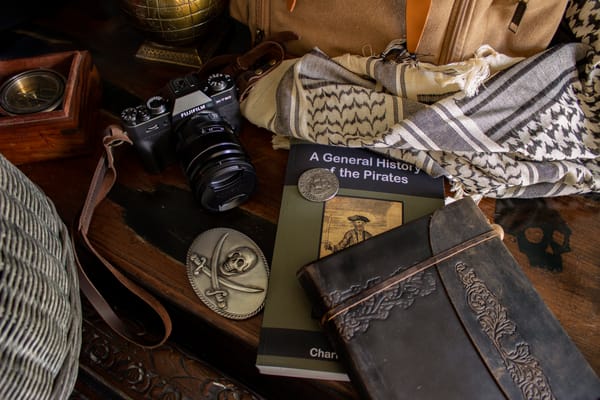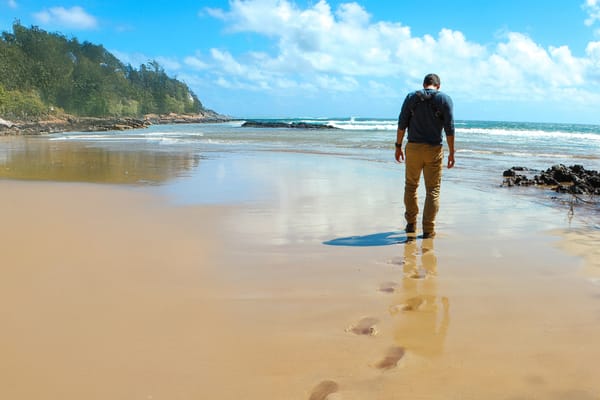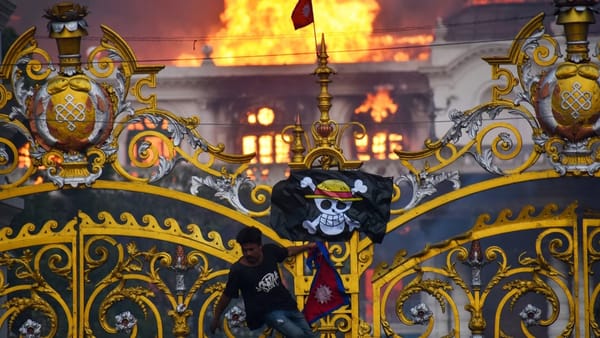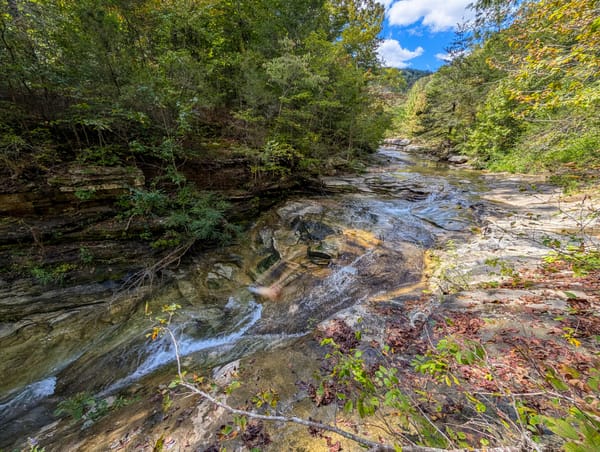Choosing the Best Ways to Document Your Expeditions
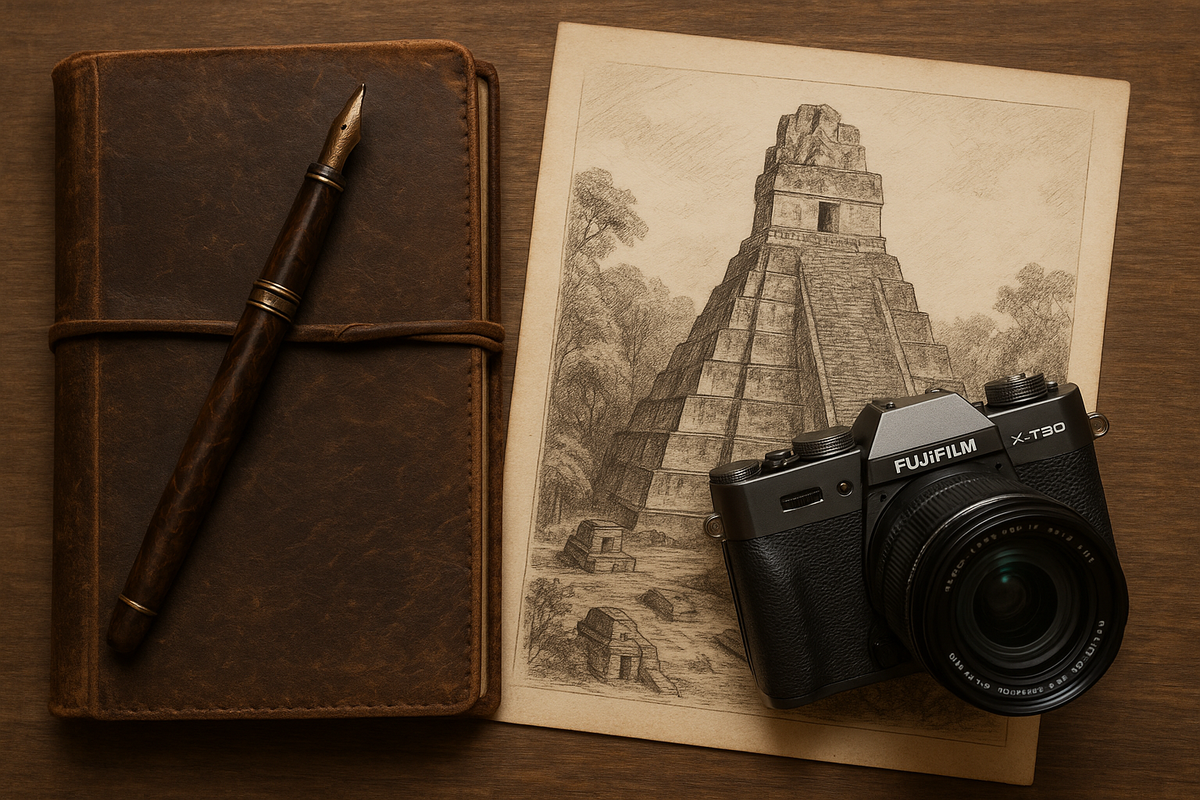
During my teens and twenties, I worked as an on-screen performer. For a while, I got recognized for my role as an overzealous personal trainer in a Chupa Chups lollipop ad with an international run. My favourite project from that time was participating as the onscreen subject for a travel show called Living the Life.
Given this foundation, it seemed only natural that as I focused on my own travel and historical research, my go-to method of documentation would be film. I studied Documentary Filmmaking in College and went on to create a trilogy of history-based treasure-hunting documentaries that spanned five countries. Since then, I have written a book, several articles, and focused more on my sketches and still photography.
I will admit that video captures a person's physicality, voice, and mannerisms in a way that other methods cannot compete with, and these recordings are especially cherished when someone is no longer with us. However, as a method of documentation, I feel that writing, sketching, and still photography are superior options when traveling alone or focusing on an expedition. One person can make a great drawing, write a great book, or take a great photograph, whereas one person will never make a truly great film. Let’s examine each of these methods individually for a clearer understanding.
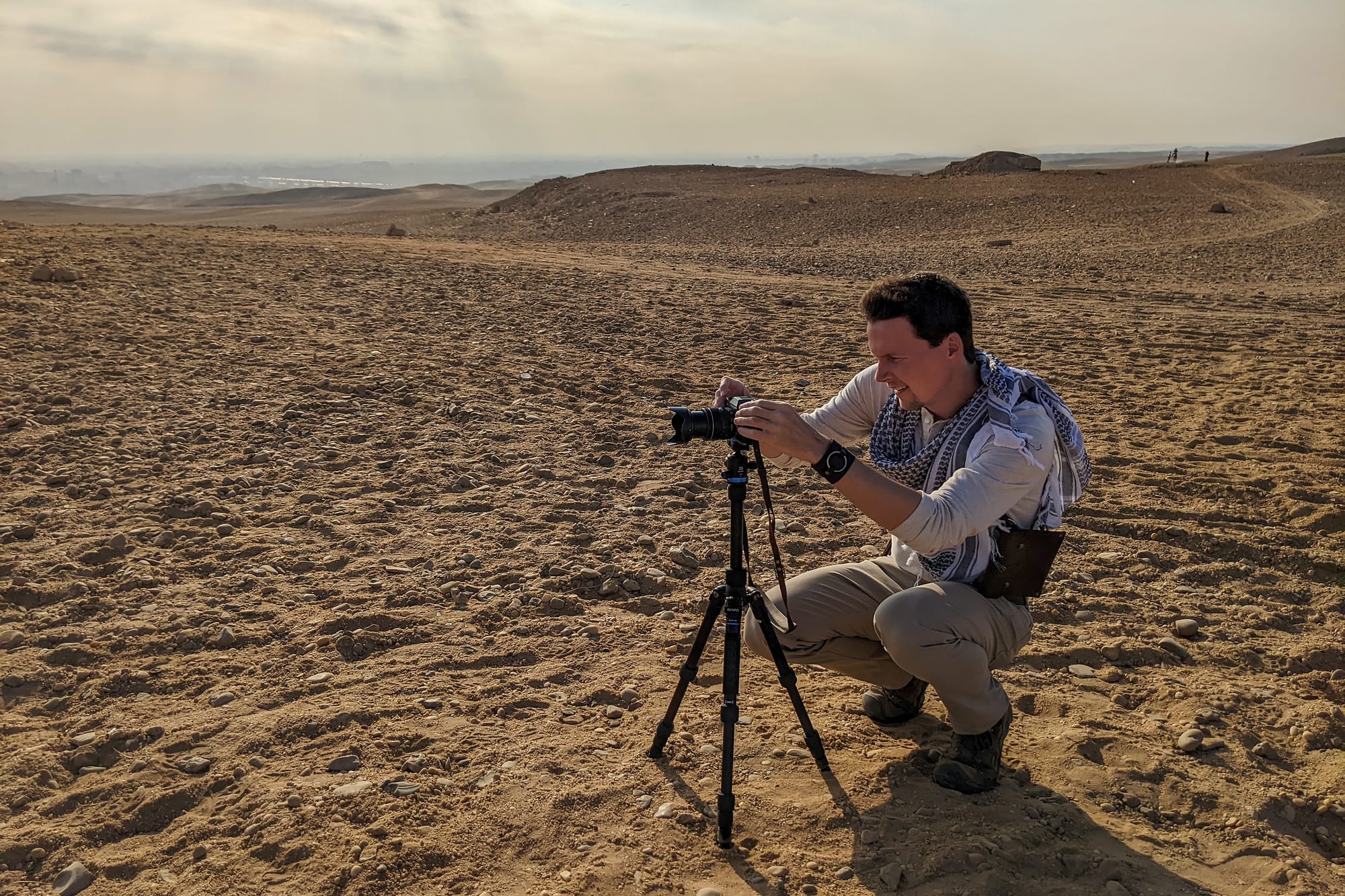
Sketches
Sketches are like handwriting versus a typed-out document. They capture a bit of the essence of the person who put the pencil to the page. They are a bit old-fashioned, dating back to the age of exploration and figures like Howard Carter, which offers a connection to those great explorers and the classic methods they used.
There is a romanticism to hand-drawn art and notes, and it forces you to slow down and focus on the details in a world that constantly pushes you to speed up and dwell on the big picture. If you have the luxury of time, do the drawings on-site; if not, you can always make the sketches based on the photographs you capture of the location or artifact.
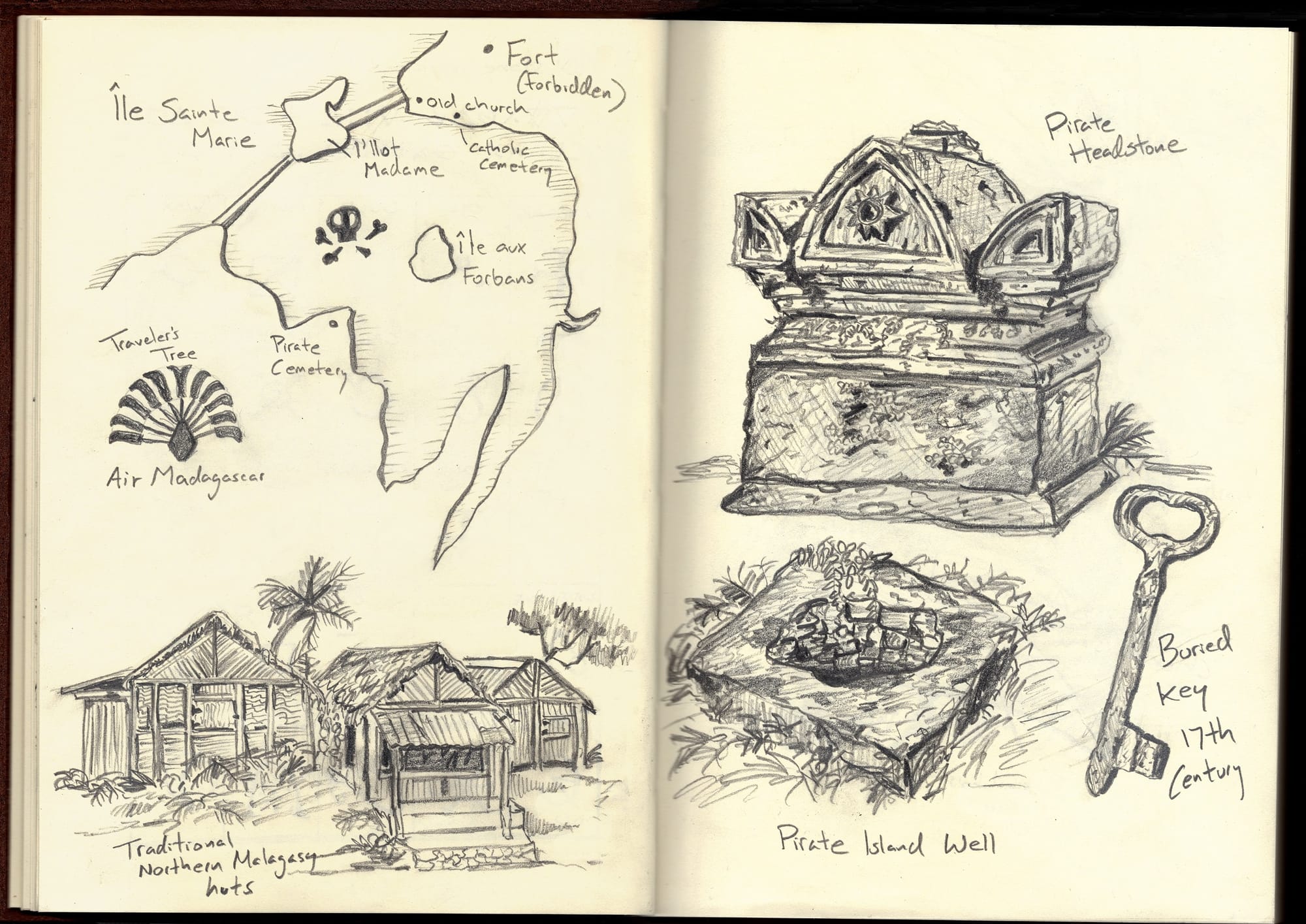
Photographs
Photographs can be iconic in a way that film can never achieve. VJ Day in Times Square, Tank Man by Jeff Widener, or Lunch atop a Skyscraper, to name a few. You can eat your breakfast in front of one of your favourite photographs for a lifetime and enjoy the experience, but I dare you to eat breakfast watching your favourite film every morning and see how long that lasts.
The difference is that films tell you what you want to think and feel, at least a good one does. In contrast, a still image captures a moment in time and offers the viewer the chance to feel what they want, to create their own narrative, fill in the before and after with their own imagination and experiences, and allow them to see something new each time.
There are also practical aspects to consider. A mirrorless camera is significantly more portable than a professional film camera, and it takes less time to capture one great frame than it does to capture 24 great frames per second.
Photographs allow you to be more mindful, capturing a series of single images that stand on their own or, combined, tell a story in the form of narrative photography or a photo essay. They allow you to develop your own signature style. For example, I am a fan of landscape photography; however, I often add myself in the shot, usually with my back to the camera. I do this to give the image scale and hint at the story of a man seeking what is just beyond the horizon. I implore you to develop your own style as well.
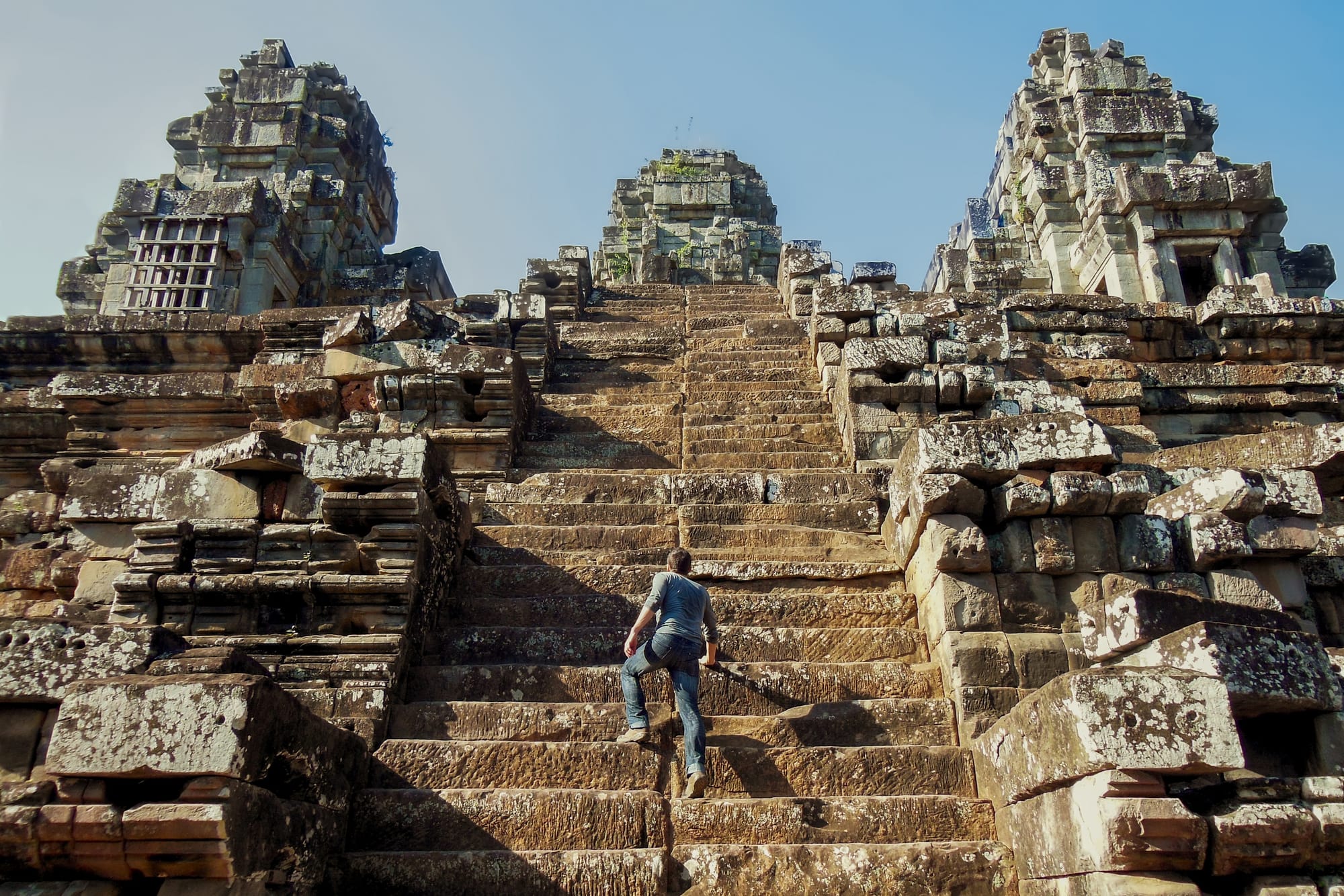
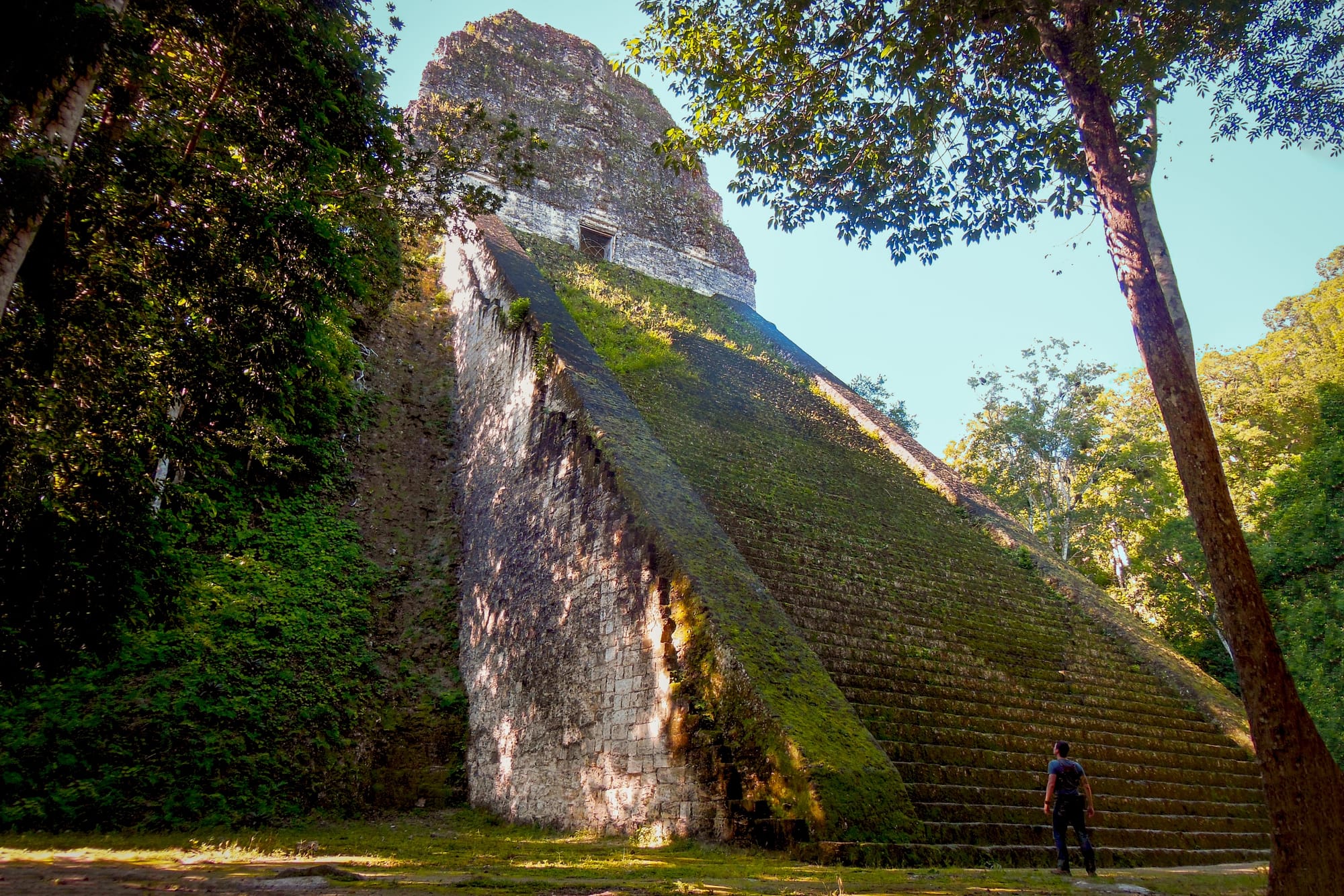
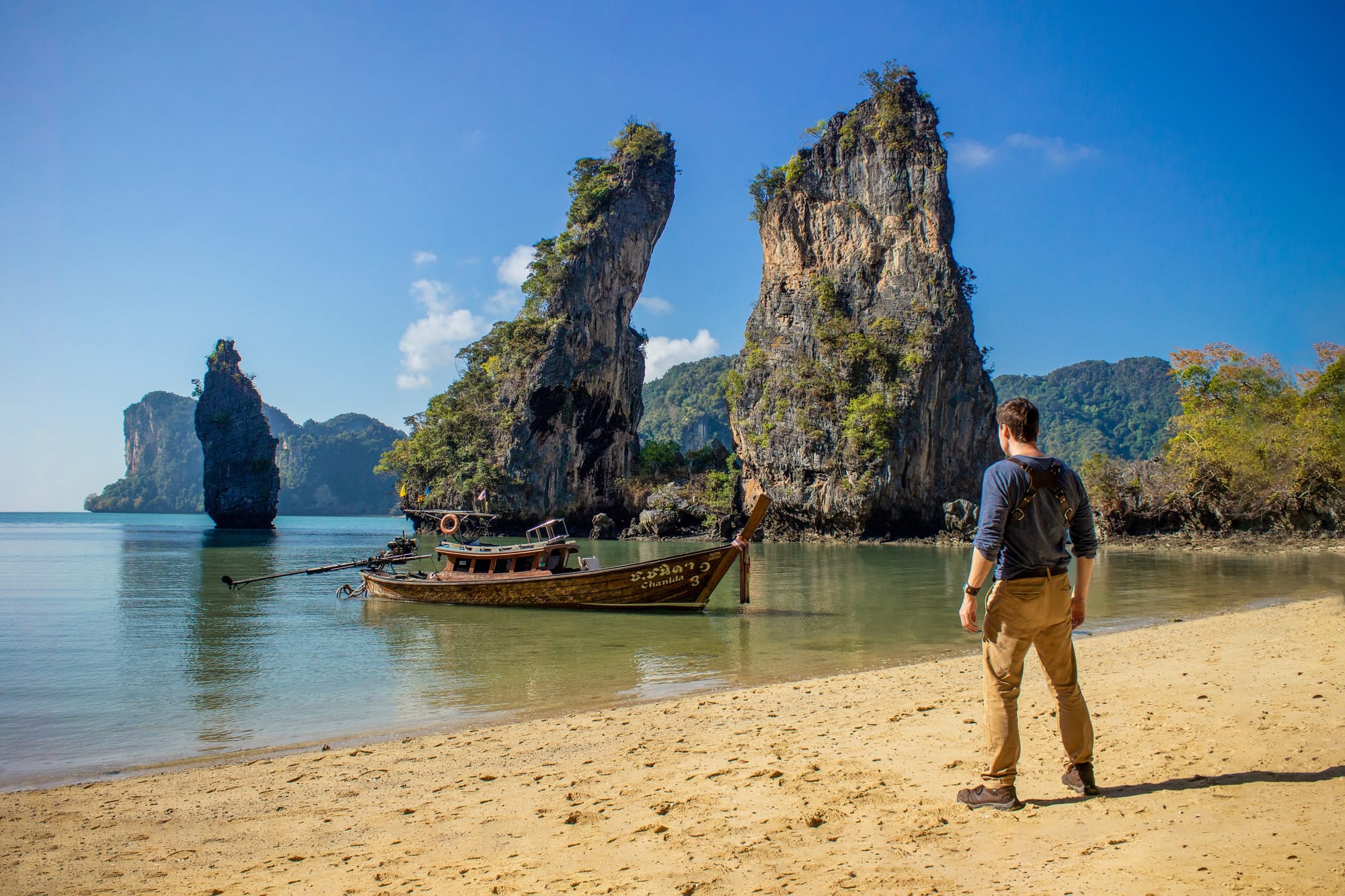
Examples of my landscape photography style. (Cambodia, Guatemala, Thailand)
Writing
Video and film are all about getting the shot to convey your story to the audience. My travel expeditions, where my focus was making a film, always felt more like a film shoot than an expedition or treasure hunt. That is because the process of creating a film is nearly all-consuming.
Writing allows you to tell the same story, but instead of the audience standing at a distance and watching what you say or do, it enables the audience to live in your thoughts and experience the world through your unique perspective. It is an introspective process as opposed to a performative one, which is a far better mindset to have while out on an expedition.
It allows you to pay attention to your thoughts, personal musings, and soak in the nuances, rather than being concerned with losing light, gimbal calibration, and battery life. Most of the places I care to visit have vehicles such as boats and motorcycles that utilize two-stroke engines. What they lack in power, they more than make up for in noise. When making a film, audio is just as important as the picture. When writing a book, the only noise you have to deal with is the noise in your head. If you are insistent on having a video record of your project, I recommend hiring someone else who is solely focused on the film and not the goals of the expedition to be responsible for capturing the footage.
Final Thoughts
If something happens on your expedition and the film camera wasn’t rolling, then, for all intents and purposes, the audience doesn’t get to experience it. However, with a combination of writing, photography, and sketches, you can cover this moment in a sketch or through your written word without the gap feeling jarring to the audience.
I recommend jotting down notes in a journal, as voice notes, or typing a note into your phone as soon as possible during your experience. Writing in the moment is far more compelling than editing your experience in your mind and trying to remember details or feelings later. Luckily, every trip is filled with downtime, stuck in a tuk-tuk or back at the hotel at night to write down the experiences of the day.
With a film, you’re often distracted by the act of filming rather than fully experiencing the present moment. It’s similar to thousands of fans holding up glowing phones at a concert, trying to capture the event instead of enjoying it. Expeditions are best lived in the moment and described after the fact.
Documentation is an essential part of exploration—just don’t miss the discoveries and experiences along the way by seeing life through the blinders of a viewfinder.


